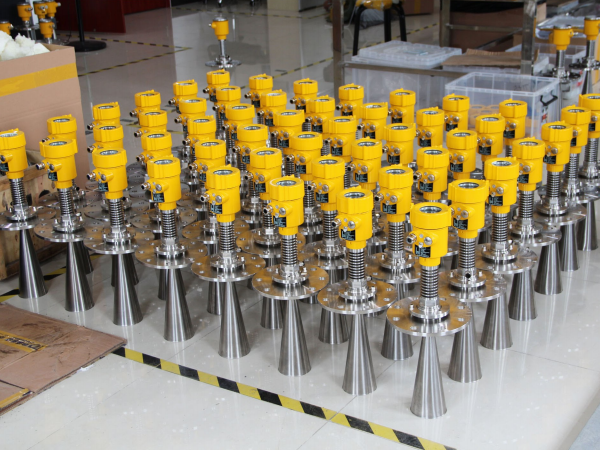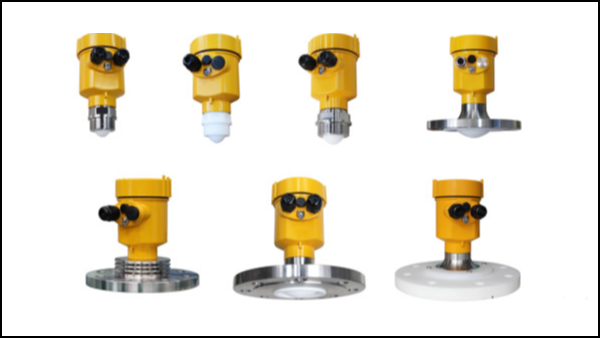In the world of industrial measurement technology, radar level meters are renowned for their high accuracy and reliability. It is like an accurate detection expert, able to accurately measure the level of liquid and solid materials no matter in harsh environments or complex conditions. The following are the top ten knowledge points about radar level meters. Let us uncover its mystery together.

1. Working principle: Radar level meter uses the principle of microwave pulse to detect changes in level by transmitting and receiving microwave signals. When the microwave encounters the surface of the measured medium, a reflected wave will be generated, and the material level height can be calculated based on the echo time.
2. Frequency selection: Common radar level meters have low frequency and high frequency. The specific choice depends on the working conditions.
3. Installation points: Correct installation is the prerequisite to ensure accurate measurement of the radar level meter. Avoid installing in dead corners of the container and keep the antenna vertical and away from the material inlet and outlet to reduce interference.
4. Material adaptability: Radar level meters can measure various types of media, including liquids, slurries, particles, dust, etc. It is not affected by the corrosiveness, viscosity or density of the medium.
5. Environmental adaptability: Whether it is high temperature, high pressure, toxic or harmful media, or foam, steam, condensation, etc., the radar level meter can work stably, showing strong environmental adaptability.
6. Accuracy and stability: The radar level meter has high accuracy, which can reach millimeter level. At the same time, due to the characteristics of microwaves, its measurement results are not easily affected by factors such as temperature and pressure, ensuring long-term stability.

7. Easy maintenance: The radar level meter does not require frequent calibration and requires almost no maintenance. Simply check that it is working properly and clean the antenna regularly.
8. Data communication: Modern radar level meters usually have a variety of communication interfaces, such as 4-20mA analog output, HART, PROFIBUS PA, etc., to facilitate integration with control systems and data transmission.
9. Software functions: Many radar level meters are equipped with advanced software functions, such as echo curve analysis, false echo suppression, automatic parameter setting, etc., making operation more intelligent and convenient.
10. Application fields: Radar level meters are widely used in petrochemical, pharmaceutical, food and beverage, cement and building materials and other industries, and have become an important tool for level control and inventory management.

With its unique advantages, radar level meters have become a leader in the field of industrial automation. From working principles to practical applications, every knowledge point reflects its technical sophistication and practicality.
Understanding these knowledge points can help us better select and maintain radar level meters to ensure the accuracy and efficiency of the production process.
